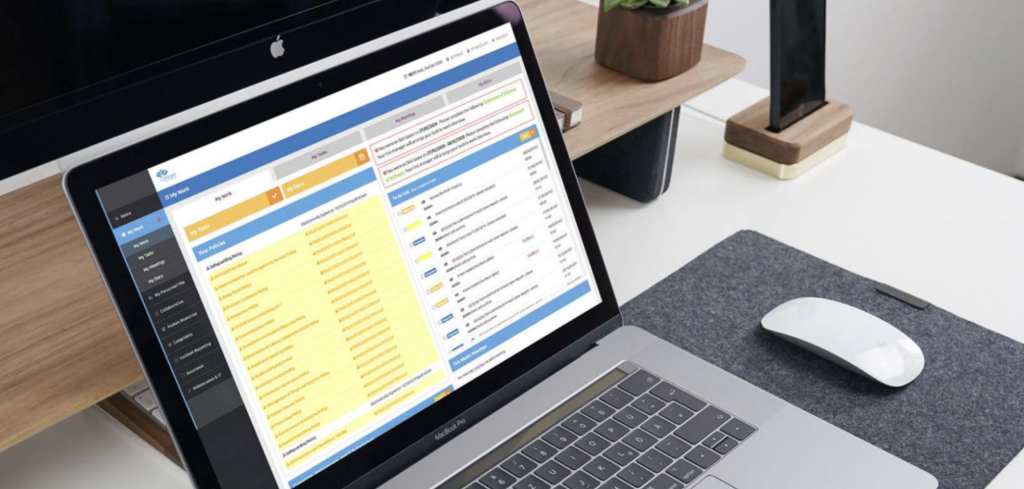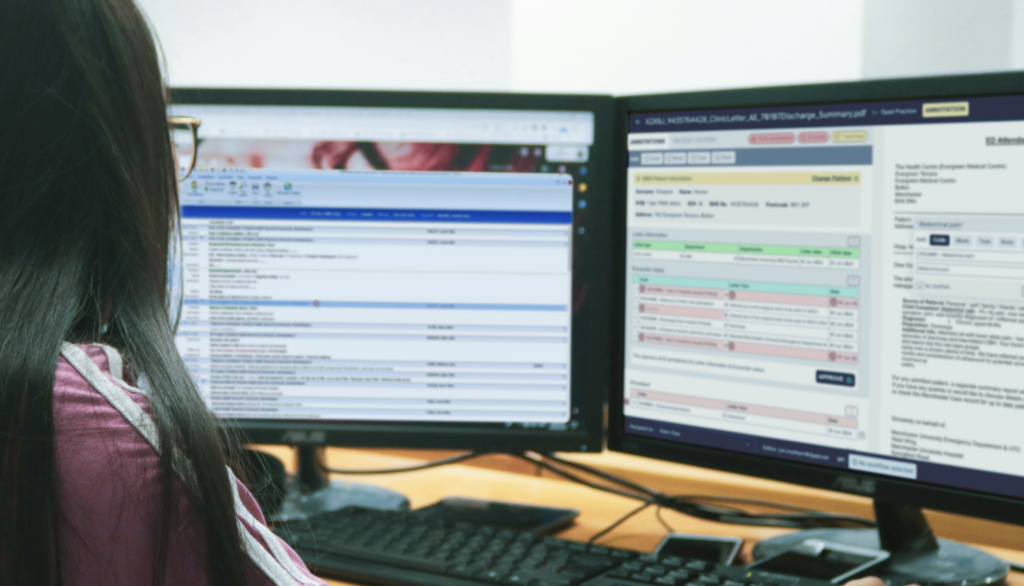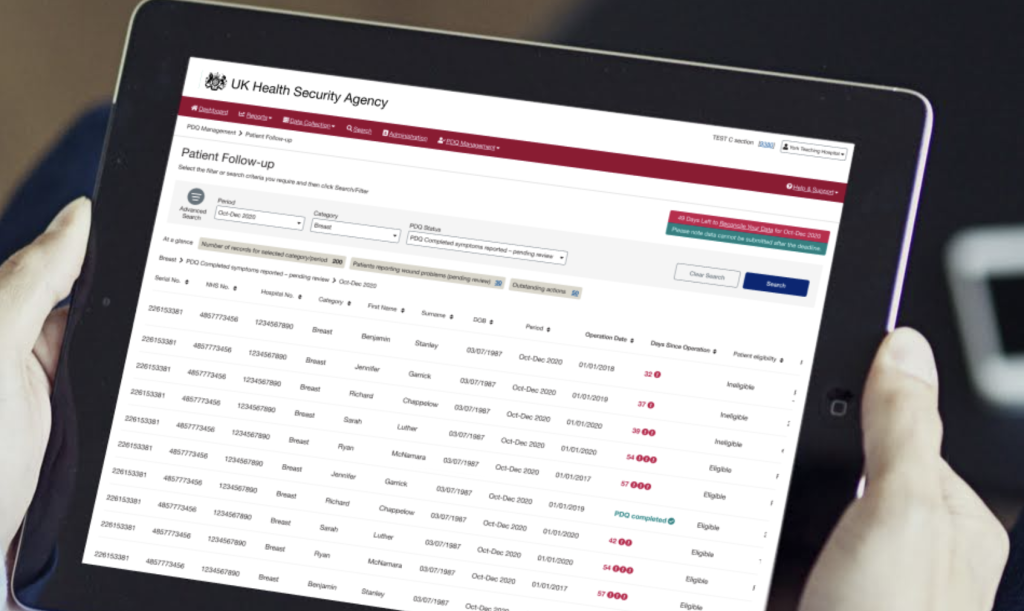
From national NHS APIs to local integration engine support and platform-specific EPR and EHR integrations, we provide end-to-end expertise across the UK health ecosystem. Whether you’re a vendor embedding your solution into clinical workflows or a Trust modernising legacy infrastructure, 6B ensures your integration is scalable, secure, and aligned with NHS priorities.
We make interoperability simpler – reducing complexity, accelerating delivery, and enabling your digital solution to work in harmony with the systems that matter most.

Understanding Healthcare Interoperability
In modern healthcare, no system exists in isolation. Whether it’s a patient app, clinical decision support tool, or operational automation platform, the value of digital health solutions depends on their ability to exchange data reliably and securely with EHRs, EPRs, national services, and third-party tools.
NHS England’s digital strategy emphasises open standards, shared records, and connected care across ICSs. This means that interoperability is no longer optional – it’s a requirement for adoption, procurement, and clinical success.
6B supports integration across the full spectrum of NHS-facing systems, including:
- National NHS APIs – such as NHS Login, NHS App, GP Connect, e-RS, IM1, etc
- Integration Engines – supporting real-time message exchange within NHS Trust environments
- Primary Care EHRs – including EMIS, SystmOne, Vision, and Medicus
- Secondary Care EPRs – such as Epic, Oracle Health Cerner, System C, MEDITECH, Access Rio, etc
Each context presents unique technical, clinical, and governance challenges – and 6B is equipped to solve them all.
Our Integration and Interoperability Process
We take a structured, risk-aware approach to interoperability – combining technical precision with deep NHS experience.
Every project begins with a discovery phase to understand your use case, data flows, user roles, and compliance requirements. We then define the best integration strategy using open standards such as HL7 FHIR, HL7 v2, RESTful APIs, or custom adapters, depending on your architecture and target system.
We consider key factors including:
- Authentication and authorisation (OAuth 2.0, OpenID Connect, NHS CIS2)
- Consent models and IG compliance
- API performance and scalability
- Secure transport and encryption
- Clinical safety (DCB0129/0160), DTAC and DSPT alignment
Once design is complete, we move into rapid development using proven, reusable integration components from our internal toolkit. All integrations are rigorously tested in a staging environment before go-live, with structured onboarding, knowledge transfer, and long-term support.
Selected Interoperability and Integration Case Studies
Explore how we’ve partnered with health and care organisations to deliver integration and interoperability projects that solve complex challenges and drive measurable impact.

Clinicare Provider Services
Primary Care Bespoke, Interoperable Clinical Administration System

Dyad
Accelerating Heart Diagnostics Through EMIS Integration

NHS South Yorkshire ICB
AI Software to Automate Primary Care Communications

UK Health Security Agency
Digitally Transforming Post-Discharge Processes for UKHSA

Patients Know Best
Unifying Health Records Through Streamlined EHR Integration with 6B

Better
Enabling Seamless Integration Between Better and SystmOne
Estimate the Cost of Your Interoperability and Integration Project
Please answer a few questions to help our interoperability and integration consultants accurately assess your needs and calculate a personalised quote quicker.
Thank you for your request! 🙌 We will review your project and get back to you within 24 hours to share a ballpark estimate.
Want to speak to someone today? Call 6B on 0113 350 1290.
Readiness checklist for Interoperability and Integration
- Define your interoperability objectives (e.g. NHS API access, EHR/EPR integration, or engine support)
- Document current systems, data sources, and messaging standards in use (HL7 v2, FHIR, REST, SOAP, etc.)
- Map out required NHS services or APIs (e.g. NHS Login, GP Connect, e-RS, IM1)
- Identify authentication and authorisation requirements (OAuth 2.0, OpenID Connect, NHS CIS2)
- Outline information governance and consent models relevant to your integration
- Provide performance, scalability, and availability requirements for the integration
- Confirm key stakeholders, technical contacts, and vendor support arrangements